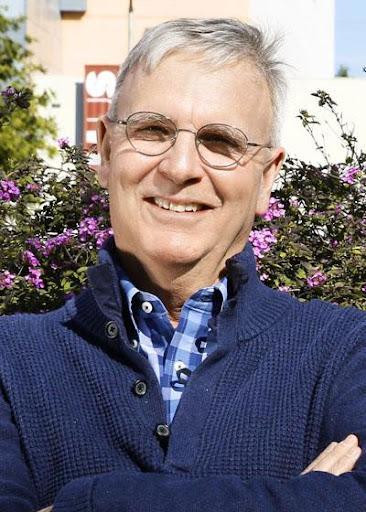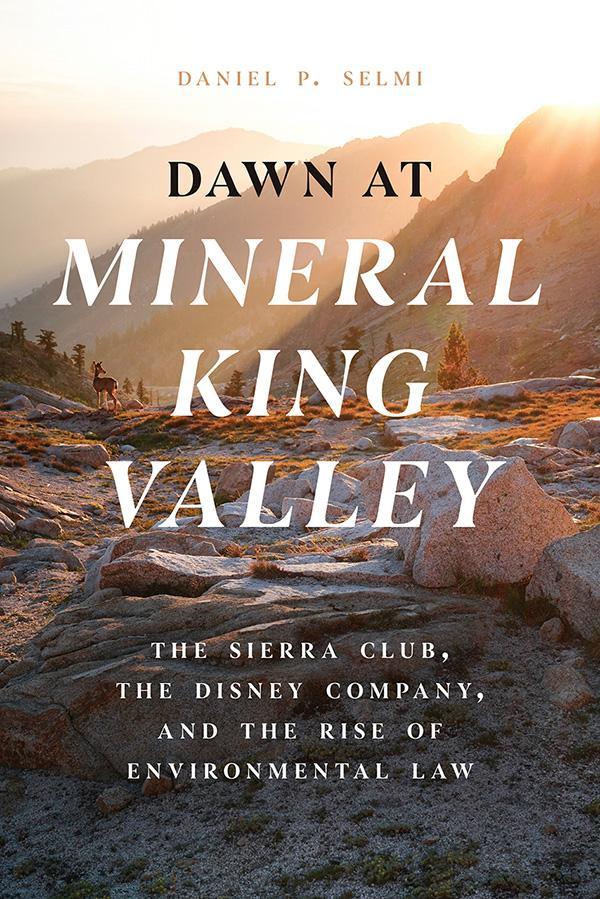Alumni Feature: Dan Selmi

After a great experience as a history major at Santa Clara, I almost went to graduate school in history. However, after much debate, I decided to go to law school. Then, after practicing law for six years, I spent the remainder of my career teaching law at Loyola Law School in Los Angeles. In the end, though, I managed to satisfy (at least a little) my yearning to be a historian.
When I was in law school taking the class in environmental law, we read a new case just handed down by the U.S. Supreme Court entitled Sierra Club v. Morton. The case was groundbreaking. It held that an environmental group could have legal “standing” to sue challenging environmentally damaging projects approved by the federal government. In this case, the project in question was a ski area approved for an area of Sequoia National Forest in California called Mineral King Valley. As a law professor for almost forty years, my scholarship was entirely legal in nature. As I approached retirement, however, I began thinking again about the now-famous Sierra Club v. Morton case. Since that decision was now fifty years old, I thought an article putting the case into historical perspective would be interesting and fun to write. So I began to research the subject.

The research blossomed, and then blossomed again, leading to my book published in July 2022, entitled Dawn at Mineral King Valley: The Sierra Club, the Disney Company, and the Rise of Environmental Law (University of Chicago Press). In writing the book, I learned a lot about the craft practiced by historians.
My research revealed that the dispute over Mineral King involved far more than I initially thought. For example, I found that Walt Disney himself had wanted to build the ski resort in Mineral King, but to get approval he had to win a competition against other famous people. They included a man whose wife was the actress Janet Leigh (whom you will remember if you saw Alfred Hitchcock’s Psycho). I learned that Secretary of Interior Stewart Udall, had vigorously opposed the development, leading to a large fight within the administration of President Lyndon Johnson. I found that the Sierra Club’s victory in the case came because a Supreme Court justice added a footnote to his opinion at the very last minute. Finally, I learned that a truly unique congressperson from San Francisco, Phil Burton, had resolved the fate of Mineral King by somehow maneuvering an eleventh-hour bill through Congress in 1978.
But my knowledge increased in so many other ways. I soon realized that to research the historical background, I was extremely dependent on the goodwill and talents of librarians in various libraries and archivists at the National Archives. I ended up with a multitude of large binders of documents from 26 libraries and archives throughout the United States. I located and interviewed many people who participated in the dispute. Some remembered little; others unexpectedly turned out to be incredibly helpful and went out of their way to provide information. Finally, I had to write a book that explained the legal terms and strategy in a way that nonlawyers could understand.
When the book was published, I sent a copy to George Giacomini, a fabulous teacher now retired from the SCU History Department. (I also learned, to my sorrow, that Tim O’Keefe, another great history teacher from my time at SCU, had just passed away). George, gracious as always, promised to read the book. He also said that he would look for split infinitives in it. Some things never change.